Presidential Museums and Libraries: Special Focus on the Jimmy Carter Presidential Library and Museum
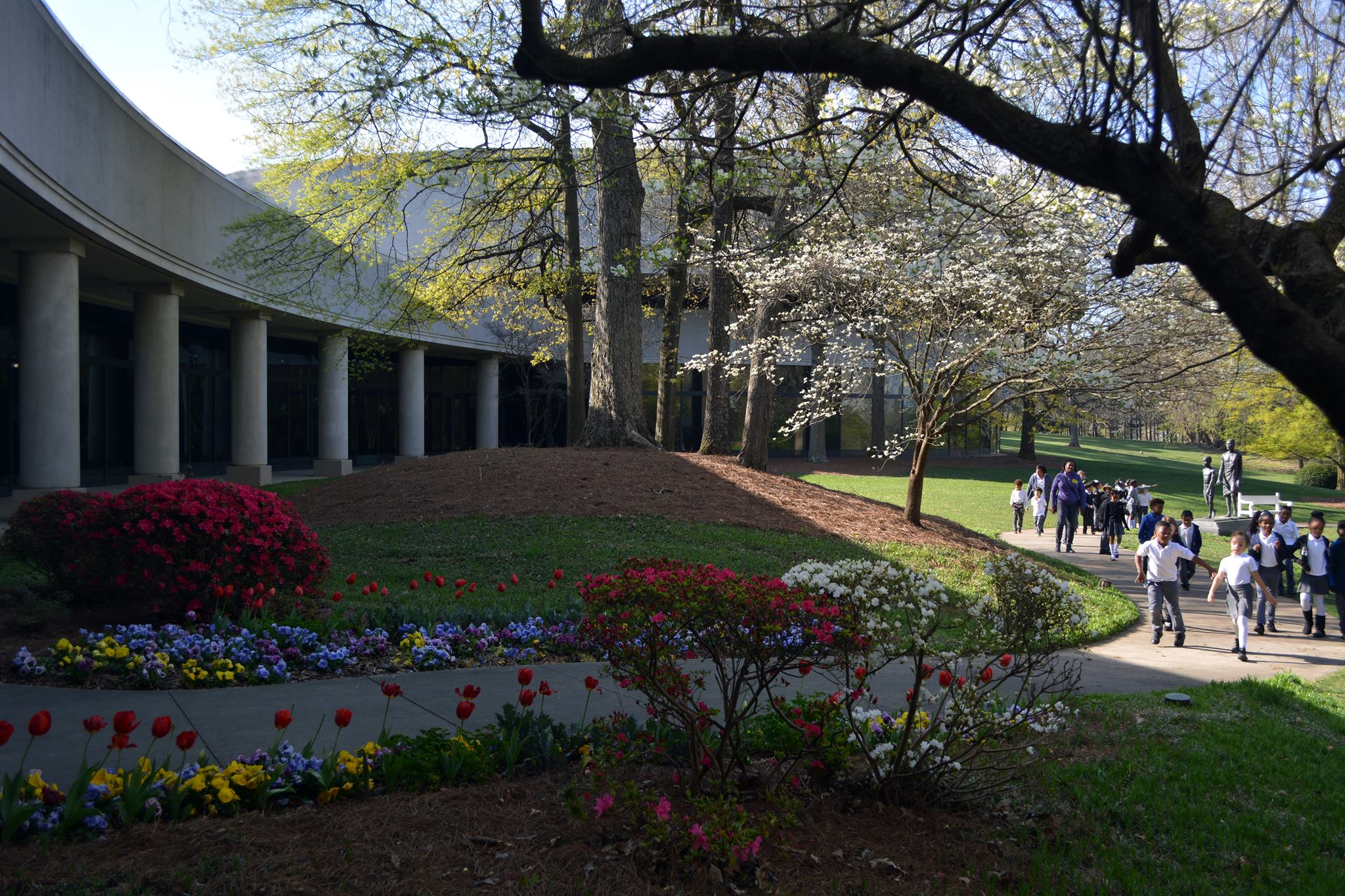
According to Wikipedia, the definition of a museum is an institution that cares for (conserves) a collection of artifacts and other objects of artistic, cultural, historical, or scientific importance. ArtDependence Magazine has collaborated with some of the most renowned Presidential Museums and Libraries in the United States to learn about how they conserve and collect artifacts and objects of historical and scientific importance for research and public presentation.
According to Wikipedia, the definition of a museum is an institution that cares for (conserves) a collection of artifacts and other objects of artistic, cultural, historical, or scientific importance. Many museums make these items available for public viewing through exhibitions that may be temporary or permanent. ArtDependence Magazine has collaborated with some of the most renowned Presidential Museums and Libraries in the United States to learn about how they conserve and collect artifacts and objects of historical and scientific importance for research and public presentation. ArtDependence offers an in-depth perspective into the nation’s most intriguing Presidential Museums. Highlighted below is an interview with Tony Clark, Public Affairs Director for the Jimmy Carter Presidential Library and Museum.
ArtDependence: What is the main focus of the Jimmy Carter Presidential Library and Museum?
Tony Clark: The Jimmy Carter Presidential Museum covers the life and career of the 39th President, from his birth through his current work at The Carter Center. Visitors learn about the events in his life that molded his views on human rights, health and democracy and how he has spent his life trying to improve those things for people around the world. Visitors also learn about the American Presidency, from stepping into an exact replica of the Oval Office to watching a typical day in the life of the President on 6 large screen monitors.
AD: What are President Carter’s favorite memorabilia exhibited in the museum?
TC: The museum features everything from President Carter's sixth grade report card, in which he made A's in almost everything except music (he received a B & a C) to one of his 2 Grammy Awards (for spoken word-not singing). Visitors also see his Nobel Peace Prize and Presidential Medals of Freedom (the highest civilian award in the country). We have a copy of his birth record where his parents name him James Earl Carter, Jr. and say "Jimmy now but later of course 'twill be called Jim."
Unlike other presidential museums, we devote about 1/3 of our space to the work President and Mrs. Carter have done since leaving the White House. Their work at The Carter Center fighting neglected tropical diseases, election monitoring, promoting democracy and working to improve conditions for those suffering from mental illness are shown in displays and an interactive table.
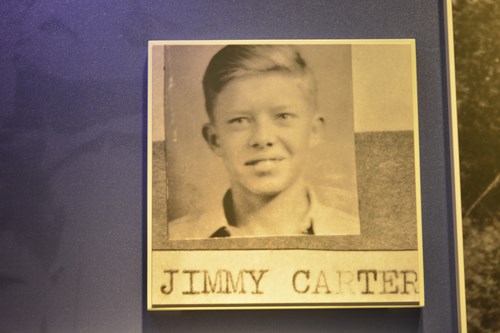
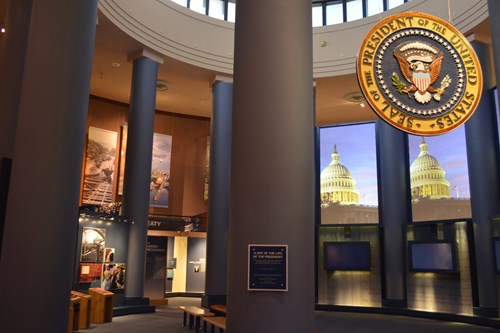
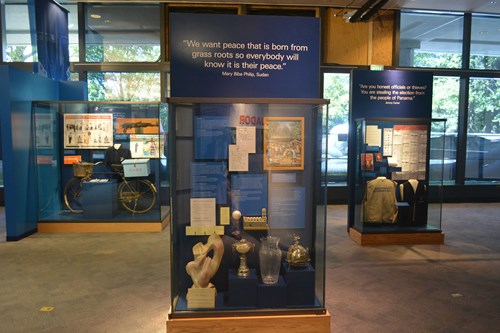

AD: What upcoming exhibitions are planned?
TC: We currently have an exhibition of portraits by Yousuf Karsh from the National Portrait Gallery. Later this year, we will host an exhibition focused on the Vietnam War through the eyes, artifacts and photographs of one of the soldiers who fought it. At the end of the year, we will open an exhibit on movies that have been made in Georgia. It was then-Governor Jimmy Carter who established a film commission in Georgia to encourage motion picture producers to film here.
AD: Is the archive limited to the period President Carter was in office, or also beyond?
TC: While we do courtesy storage for the President's post-White House work, the only materials available to researchers are papers from the Administration.
AD: Is President Carter a regular visitor to the Presidential Library and Museum?
TC: President and Mrs. Carter spend four or five days a month here in Atlanta (they still live in Plains, Georgia.) They have a small apartment in the adjoining Carter Center. During a "Carter Week," they can be seen walking the grounds, visiting the museum, teaching classes at Emory University, having lunch in our cafeteria and taking part in programs. Earlier this month, President Carter had a book signing in the museum in which he signed about 1,000 books in about an hour.



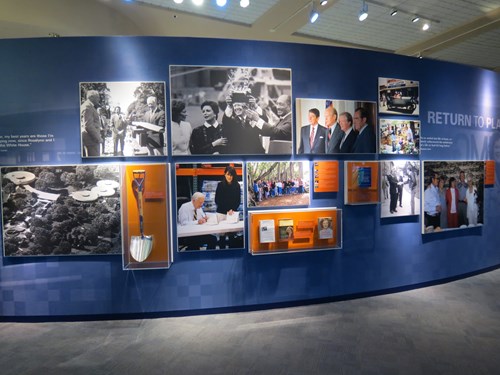
All images are courtesy the Jimmy Carter Presidential Library.
